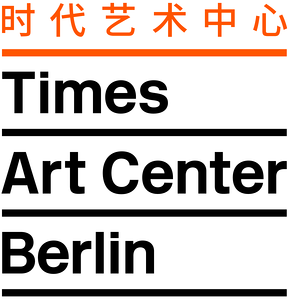Diasporic Intimacies and Labor
September 16–December 19, 2021
Brunnenstraße 9
10119 Berlin
Germany
Curated by Pablo José Ramírez
Artists: Esvin Alarcón Lam, Sybil Atteck, Nicole Awai, Mercedes Azpilicueta, Andrea Chung, Christopher Cozier, Colectivo Hapa, Richard Fung, Mimiam Hsu, Peng Zuqiang, Naufus Ramírez-Figueroa, Humberto Velez, David Zink Yi
Diasporic intimacies are seeds growing amid the contingency of pain and emancipation. They are the dialectical side of colonial labor, concealing places of healing, care, and love from colonial technologies of alienation. Within historical accounts of colonialism, narratives of encounter and interracial intimacy register as minor, as non-political, or as private conundrums. However, alongside the utter violence of diasporic labor, people first found one another and lived together. Interracial encounters worked as systems of resistance and forces of cross-cultural creation.
By the late 19th century, thousands of Chinese workers had immigrated to the recently discovered gold mines in California (1848–49). From there, many moved to Mexico in search of better opportunities, working on banana plantations, agricultural plots, mills, and in the construction of massive railroad systems. At the turn of the 20th century, facing extreme exploitation, discrimination, poverty, and the Mexican Revolution’s (1910) establishment of new migratory policies, many Chinese workers continued south to Central America and the Caribbean, where they met other independent workers from the ports of Hong Kong, Amoy, Fuzhou, Macao, and Shanghai who had arrived in Latin America via Japan and California.
Chinese labor was instrumental in constructing the Panama Canal, a colossal engineering project that dramatically altered maritime trade across the Atlantic. Chinese workers also helped develop the logging industry in Belize and worked alongside African and Indigenous workers on CIA interventionist company UFCO’s (United Fruit Company) banana plantations in Honduras, Nicaragua, and Guatemala. The modernization venture of the 20th century was only possible through colonial labor exploitation and cross-oceanic South-South diasporas.
Más Allá, el Mar Canta borrows its name and takes inspiration from the book by the Afro-Chinese Cuban writer Regino Pedroso. With this work, Pedroso won the Cuban Poetry Prize in 1939, earning him acclaim as a truly unique voice of Latin American literature. His renowned contemporary, Nicolás Guillén, once described his friend’s work as “flowing like a wide and slow river through Asia and Africa before arriving in Cuba.” Teeming with passion and pain, Pedroso’s work blends the intricacies of colonial labor and modernity through a unique non-Western aesthetic imprint.
This exhibition aims to explore narratives of migration from China to Central America and the Caribbean as a starting point to consider systems of kinship and ontologies of intimacy. The artists’ work in the exhibition speaks from the conundrum of diasporic subjectivities, powered by either personal explorations or by collective motifs whose common ground is the always poignant reminder that there is no political imagination without community. The artworks in the exhibition are a unique testimony of an alchemic procedure that invokes agency from within the ruins of coloniality.
The exhibition combines existing work with new commissions and will be accompanied by a digital publication. Más Allá, el Mar Canta takes place as part of Berlin Art Week (September 15-19, 2021).
Founded in 2018 and supported by the Guangdong Times Museum, Times Art Center Berlin is the first parallel institution set up overseas by an Asian art museum. It operates as an autonomous nonprofit organization and dedicates itself to developing new models of a contemporary art institution.
Press contact
press [at] timesartcenter.org
To ensure a safe environment, book your visit in advance via our website.



